For the last 81 and 67 years, annual end-of-the-year, or Christmas, bird counts have taken place without fail in two nearby areas, Quogue to Water Mill, and Central Suffolk. The tradition lives on and is increasingly revealing.
Outdoors
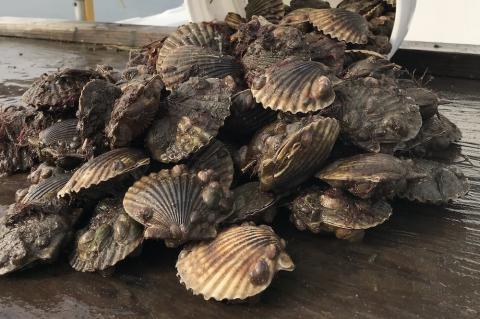 Parasite May Be Factor in Scallop Die-Off
Parasite May Be Factor in Scallop Die-OffThe New York State Department of Environmental Conservation’s commissioner announced on Friday the detection of a coccidian parasite in a sample of bay scallops collected from the Peconic Bays, which is believed to have contributed to the massive die-off discovered in the fall of 2019.
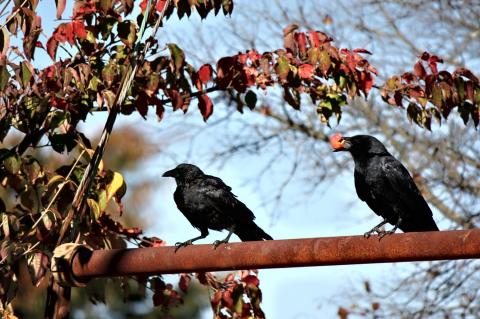 Nature Notes: Birds of a Feather
Nature Notes: Birds of a FeatherThe theory of evolution is still intriguing. It is “survival of the fittest” in one sense, but not totally so. And it’s going on all around us today.
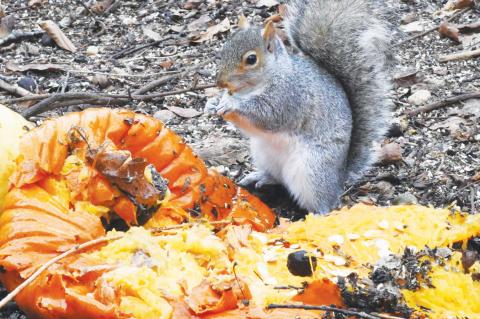 Nature Notes: Smart, Quick, Amusing
Nature Notes: Smart, Quick, AmusingSquirrels are the closest thing to monkeys that I can think of in our area. Not only are they consummate climbers but they can also jump from branch to branch and tree to tree, using their furry tails as ailerons to guide them as they fly through the air.
 Ken Morse, a Fisherman’s Best Friend
Ken Morse, a Fisherman’s Best FriendTight Lines Tackle on Bay Street in Sag Harbor is jammed from the roof to the floorboard with just about every kind of tackle, apparel, and bait imaginable. You name it, you will likely find it.
 Nature Notes: The Downdrift Beaches
Nature Notes: The Downdrift BeachesThe East End of Long Island came into being more than 10,000 years ago. Up until the present time the North and South Forks have been wearing away, first by the melting of the thick sheets of ice covering them — the South Fork first, then the North Fork as the glaciers melted away and retreated.
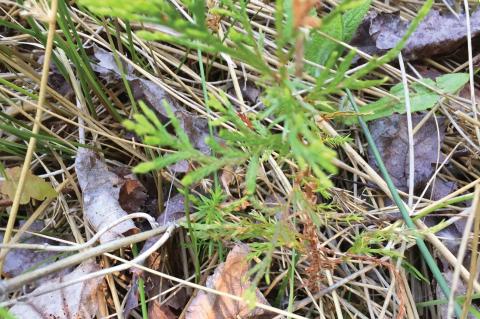 Nature Notes: Wake Up!
Nature Notes: Wake Up!Southampton Town has more than 60 freshwater ponds. Most of these ponds are contaminated to this or that degree, but the most contaminated are given a label by the New York State Department of Environmental Conservation that speaks to their fragility.
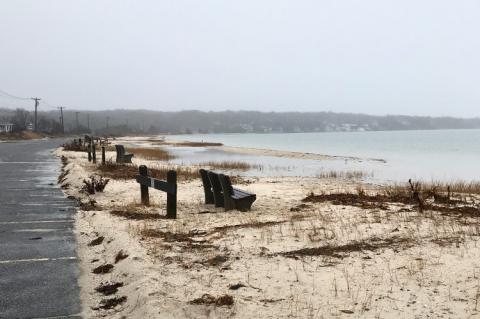 Nature Notes: View From Long Beach
Nature Notes: View From Long BeachLast Thursday we were visited by a full moon. It was mostly hidden by clouds, but just because the seas can’t see the moon dosen’t mean they don’t feel its tug.
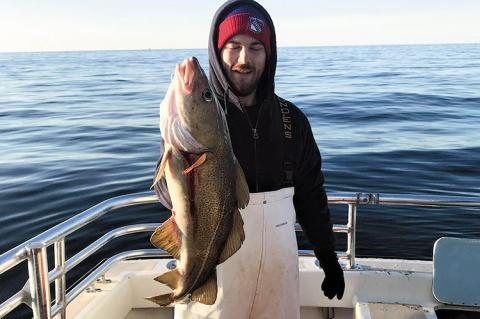 On the Water: A Great Low-Tide Bounty
On the Water: A Great Low-Tide BountyThe timing was perfect. Last Thursday’s full moon, backed by a strong wind, finally brought in a great low tide. It had been at least nine months since I’d witnessed one of such magnitude. Its significance also prompted me to head over to one of my favorite sand flats to dig up some steamer clams.
A New York State Department of Environmental Conservation conditional shellfish harvest program that was to open the northern section of Accabonac Harbor yesterday has been postponed at least until Tuesday because of the recent rainfall.
 On the Water: Local Tackle, Local Skill
On the Water: Local Tackle, Local SkillThey seem like national holidays these days. I’m not referring to National Fruitcake Toss Day or National Bubble Wrap Appreciation Day (yes, they do really exist); I’m talking about Black Friday and Cyber Monday. For better or worse, these two days are marked on many a household calendar, and just about every consumer has latched on to them with great enthusiasm.
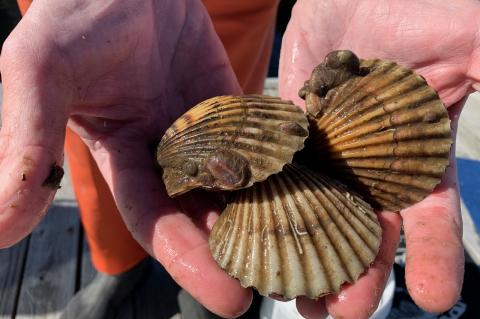 On the Water: Futile Search for Scallops
On the Water: Futile Search for ScallopsThe rumors of a lousy scallop season appear likely to be true, according to The Star's fishing columnist, whose early-season reconnaissance mission turned up almost nothing in all of his usual haunts.
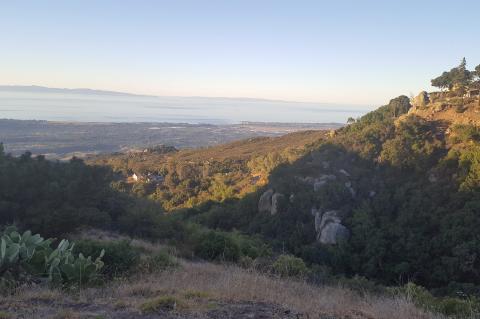 Nature Notes: Greetings From Utopia
Nature Notes: Greetings From UtopiaI wake up, look out the window, and instead of Noyac Bay and North Haven beyond, I’m looking at the Santa Barbara Channel and Santa Cruz Island looming up in the background. One day it’s one view, the next day another. Three thousand miles apart, but the water is blue, the sky cloudy, the country one and the same.
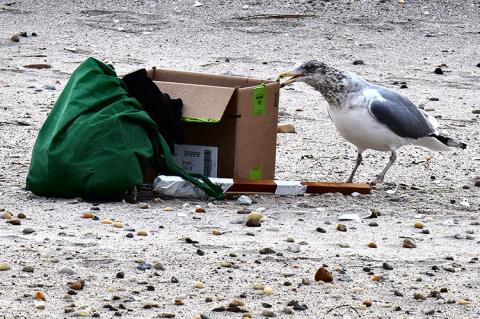 Nature Notes: They Own the Place
Nature Notes: They Own the PlaceJust as the Norway rat may be the most adept of all the mammals, gulls — in particular, the herring gull — may be the most adept of all the birds.
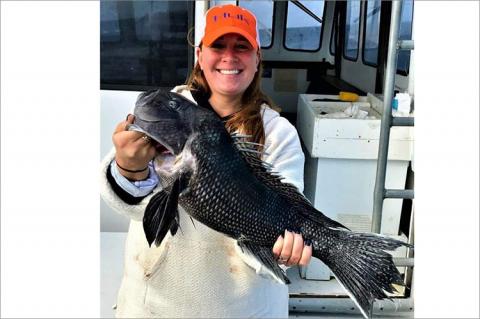 On the Water: Blown Away, Far Away
On the Water: Blown Away, Far AwayIt was déjà vu all over again and again. The weather, especially the wind, has been relentless of late. It started early on Oct. 8 and finally blew itself out by Sunday. Chicago may be dubbed the Windy City, but the eastern end of Long Island can certainly hold its own when accounting for prolonged periods of gusty weather.
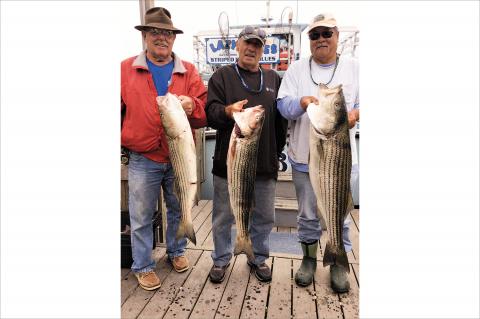 Back on the Water
Back on the WaterComing off the new moon, the incoming tide was screaming as we approached the rip. Combined with an east wind, it was running at over four knots, and according to the tide chart slack water was only 45 minutes away.
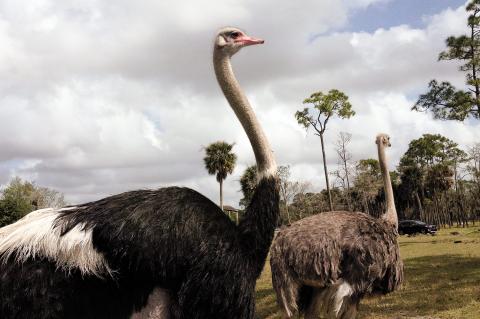 Nature Notes: Sweet Mysteries
Nature Notes: Sweet MysteriesHow many of you know what the megagroups Pangaea, Gondwanaland, and Laurasia represent? Very few I’ll bet. In fact, I have only lately begun to study them.
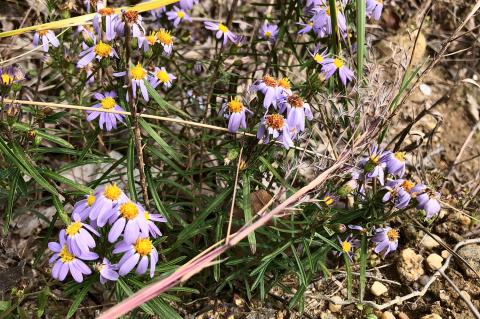 Nature Notes: Signs of Autumn
Nature Notes: Signs of AutumnMonday was mostly sunny and calm. Most of the summer crowd had gone back to the city and parts west. It was also the last day of September and the eighth day of autumn, a perfect opportunity for a leisurely drive around Southampton, Sag Harbor, and East Hampton to see how fall was shaping up.
 On the Water: Should I Stay or Should I Go?
On the Water: Should I Stay or Should I Go?Back in 1982, the British rock band the Clash — one of my favorite groups of all time — came out with the song “Should I Stay or Should I Go.” A classic rocker of a song with a steady beat, it is punctuated with some hard-hitting, sarcastic lyrics, backed by some great guitar licks. It’s a catchy tune that topped the music charts and can still be heard on the airwaves.
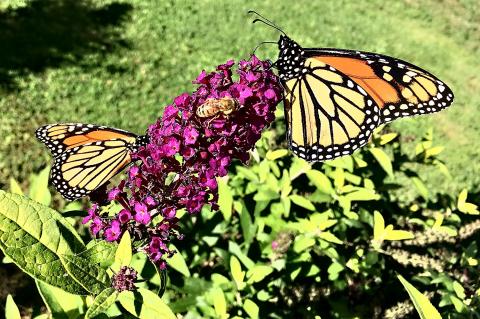 Nature Notes: The Marvelous Monarch
Nature Notes: The Marvelous MonarchTwo of the greatest movements to warmer climes from colder ones that take place each year in both the Old and New Worlds are the great migrations of butterflies and dragonflies.
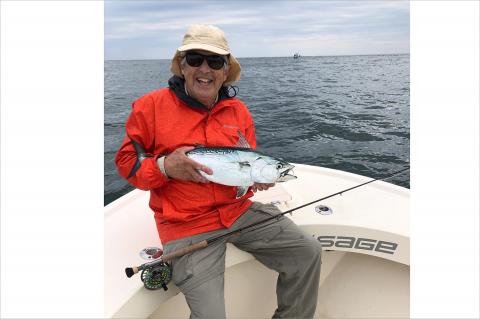 On the Water: Fall Fishing on the Upswing
On the Water: Fall Fishing on the UpswingAs seems to happen every year, summer appears to get shorter and shorter. Memorial Day arrives and with a quick blink of the eye, Labor Day appears to roll right in.
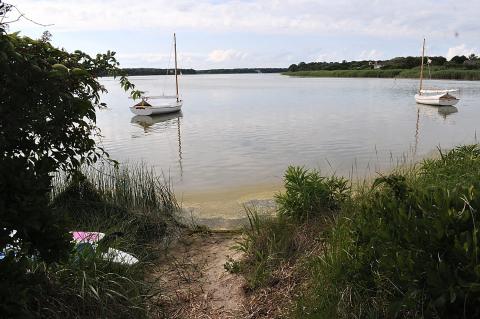 Nature Notes: Blue-Green, but Not Algae
Nature Notes: Blue-Green, but Not AlgaeJust a month ago nine dogs died from drinking pond water in New York City’s Central Park that was thick with blue-green algae, oops, I mean cyanobacteria, which is not actually algae at all.
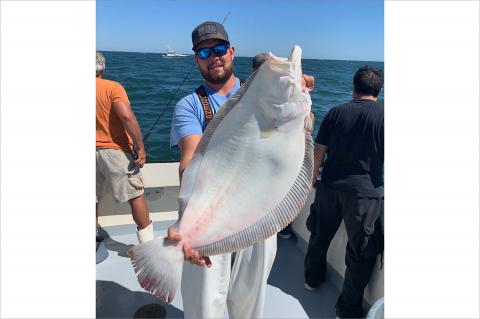 On the Water: Bluefins on the Prowl
On the Water: Bluefins on the ProwlFishing this summer for various species of tuna, including albacore, yellowfin, bigeye, and bluefin, has been the best witnessed in many years, and it looks like it will continue well into the upcoming fall season.
The bowhunting season for deer opens on Oct. 1, and in Suffolk County licensed archers can obtain permits starting on Monday for access to designated areas in select county parks.
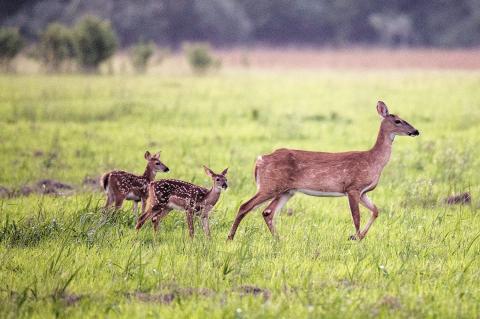 Nature Notes: So Much to Learn
Nature Notes: So Much to LearnDid you know that according to the Encyclopedia Britannica there are 43 different species of the deer family, Cervidae, worldwide?
 On the Water: A Fisherman Remembers Gloria
On the Water: A Fisherman Remembers GloriaGloria was a powerful Category 3 storm and had just brought a storm surge of 8 to 12 feet to North Carolina’s Outer Banks, with 125-mile-per-hour wind gusts.
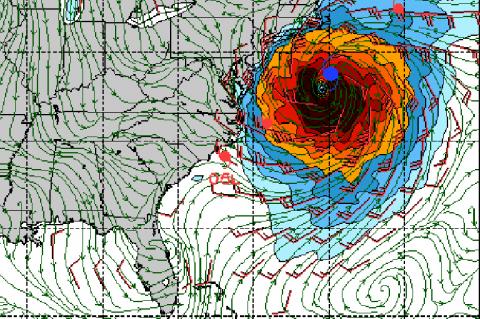 Nature Notes: Big Storms, Quiet Nights
Nature Notes: Big Storms, Quiet NightsIt’s September, the favorite month for hurricanes. The shorebirds that went to the tundra to breed are already halfway south. We humans have very high I.Q.s, but we can’t fly. Some butterflies and darning needles are also on their way south. They have lower I.Q.s than birds, yet they can also fly and know where the winter is warm.
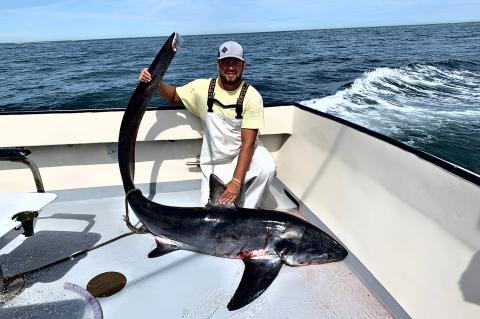 On the Water: Summer Was Off the Hook
On the Water: Summer Was Off the HookIt felt like only yesterday that we were all celebrating Memorial Day in joyful unison. The summer season was upon us. Time to relax and take in the lazy, hazy days of sunshine, fishing, barbecues, and beaches. But, while the calendar technically states that it is still summer, the party is over for many people. It went fast, too fast for me.
Many of the not-so-rare but equally beautiful native plants were in flower — the yellow Maryland golden asters, the pinkish-purple Joe-Pye weed, the purplish-blue slender bush clover — while several species of goldenrods were just beginning to bloom.
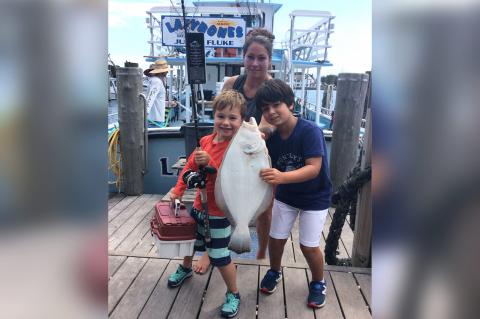 On the Water: Blowfish Steal the Show
On the Water: Blowfish Steal the ShowThey go by many names. Blow toads, sea squab, chicken of the sea, blowfish, and puffers are just a few of the common ones. But no matter which name you know them by, they usually bring a smile to just about any face.

